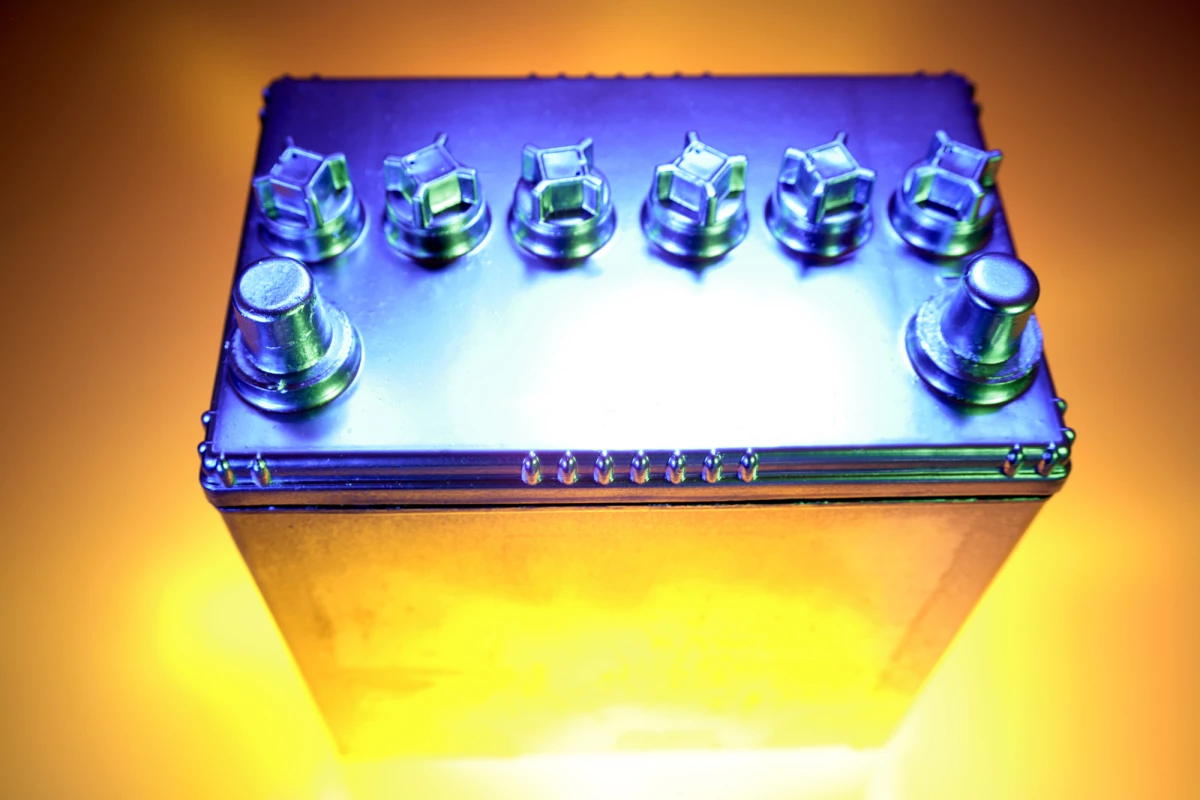Described as a "holy grail" by some and the "dream material" by others, batteries that used pure lithium metal as their anode component could open entirely new possibilities in energy storage, and there are no shortage of promising solutions on the table. Joining them is a new device from engineers at TU Delft, which overcomes some of the dependability issues of lithium-metal batteries thanks to a new electrolyte that breaks down and forms a key protective layer during charging.
The allure of lithium metal as an anode material is due to the incredibly high energy density if offers over the graphite used in lithium-ion batteries today. In theory, this approach could lead to lithium batteries with as much as 10 times the storage capacity, but building lithium-metal batteries that can go the distance has proven difficult so far.
This is because as the battery is charged and the electrolyte solution carries the lithium ions back and forth between the two electrodes, the anode and the cathode, the device quickly deteriorates. Part of this is due to the formation of fatal growths on the anode surface called dendrites, which are a problem many research groups are working to solve as they can quickly cause the battery to degrade and fail.
The team at TU Delft has instead focused its attention on the electrolyte, hoping that the right recipe can cause healthier interactions between this solution and the lithium metal anode, and enable the battery to be safely charged over and over. An electrolyte in any battery will decay if given enough time, and interestingly the team hasn’t sought to stop this process, but manipulate it to serve a more useful purpose.
Electrolytes used in commercial batteries typically consist of chemical compounds containing carbon and oxygen, which works well for current lithium-ion batteries and enables them to last years. The TU Delft team cooked up a new electrolyte for lithium-metal batteries based on amides, another type of chemical compound, which they suspected could help form a barrier against decay.
"We knew that amides would probably trigger a reaction that would form such a protective layer," says research lead Marnix Wagemaker. “Through our theoretical calculations, we were able to further predict what would be a well-functioning cocktail."
In testing, the team found that during cycling the new lithium-metal battery demonstrated a high average Coulombic efficiency and had an “outstanding capacity retention.” This was due to the formation of a solid interface in the electrolyte that promoted high conductivity among the ions and high stability over time.
"Like all other electrolytes, our electrolyte breaks down because of reactions with the electrodes," says Wagemaker. "The difference is that this decay has a positive effect on our electrolyte. The waste products that form between the electrodes and the new electrolyte actually have a protective effect. A layer is created that stops further harmful reactions from taking place. In addition, the layer allows the ions to easily pass through, ensuring that the battery continues to work properly for a very long time. It's still decay, but in a very controlled manner.”
Though the researchers are enthused by these early results, they note it is only one piece of the puzzle. Optimizing the battery further and investigating how other components could be improved to complement the anode and electrolyte are the next steps, but the team still has high hopes for where the breakthrough could lead.
"We now have interesting opportunities to improve lithium anodes in combination with a well-functioning electrolyte," Wagemaker explains. "But we also need to improve the cathode, otherwise we'll lose the gains we've made so far. I expect we will soon be able to make a lab-scale battery with an energy density that is two to three times higher than our current batteries. It may not yet have a lifespan of thousands of charge-discharge cycles, but hundreds of cycles is definitely within reach."
The research was published in the journal Nature Communications.
Source: TU Delft




